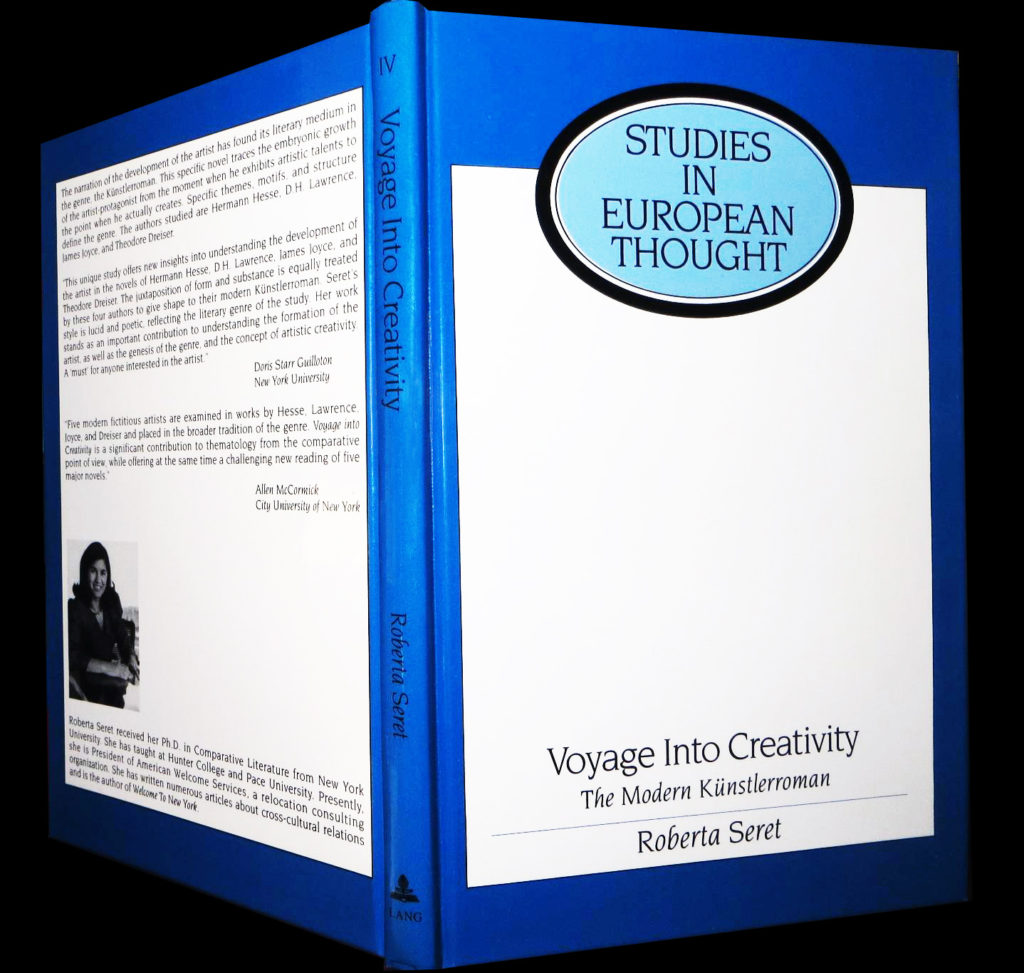Pyotr Ilyich Tchaikovsky–Piano Concerto No. 1 in B flat Minor, Op. 23-1. Allegro Non Troppo
Gift of Diamonds contains several literary elements that give the novel its structure. I have used history as a backdrop by weaving in the political and historical periods of 1940-1989 in Romania. The main threads highlight how fascism led to communism and communism planted the seeds for modern-day terrorism. All three forms of governments take away the individual’s freedom. To achieve this, the political leaders use fear and terror. Evil. This is the historical period that Mica wants to escape. And as she voyages to find freedom, we travel with her. And she guides us, coloring history with a kaleidoscope of sparkling diamonds.
Gift of Diamonds is not only a historical novel, but also a Künstlerroman, a sub-division of the literary genre, the Bildungsroman, which is the narration of the development of a young protagonist from childhood to adulthood, a “coming-of-age-novel.” The Künstlerroman concentrates on the artist-protagonist’s development to become an artist (Künstler in German means artist; Bildung means development; roman means novel). Mica is the artist-protagonist. She is a dancer and we see her beginnings and development as a dancer and choreographer. Mica realizes that dance is only true if it comes from the need to give meaning to life.
Mica is an artist, striving to attain a fusion of music and dance with her soul. While dancing blindfolded under the direction of her mentor, Nina Obolensky, Mica is inspired by the msic of Tchaikovsky’s “Romeo and Juliet” to take her back to the time when she was Juliet. The memory of love and violence returns to her and she uses these emotions to heighten her level of dancing. Music, dance and setting fuse together. As Mica tells Ms. Obolensky, “Dancing is feeling my soul.”
We delight when she and her friends sing together, “We are the poets of our lives.”
For my doctoral dissertation in Comparative Literature, I wrote “Voyage into Creativity: the Modern Künstlerroman.” Years later, I updated the dissertation for a book in literary criticism. And years after that, I wrote Gift of Diamonds. Now I wonder, after writing these three literary works using similar themes for different types of books, did I use the same literary structure, consciously or unconsciously? I tend to believe the latter, for I do not write with an outline, nor do I plan beforehand what I will write. Rather, I use an “automatic” technique – whatever comes to my mind, I write. Mica’s story was the best surprise of all for me.

What are the characteristics of a Künstlerroman? It is the narration of the development of the artist in a novel. This literary genre traces the embryonic growth of the artist from the moment when he/she exhibits artistic talent and interest, to the point when he/she actually creates. Two themes intertwine as leitmotifs: the voyage motif and the concept of artistic creativity.
The voyage theme is the vehicle for the protagonist that will allow him/ her the necessary freedom to create. The young artist-protagonist must leave the past, leave home and the constraints of daily life, and search for his/her individuality.
The artist-protagonist has inherited the romantic poet’s malediction of the sensitive pariah who must live in a world that is not society’s, but what he/ she creates. The only way to synthesize the dichotomies of his/her soul, is to create. And it is in this manner that Art becomes the protagonist’s new homeland. But in order to reach this Utopia, the artist must first voyage through several stages of development: geographic, social, psychological, and spiritual.
The most common and obvious appearance of the voyage archetype is found at the geographical level when the young artist leaves his/her parental home in search of new experiences. Life becomes the principal teacher. Exotic cities, foreign sounds and new sights serve as subjects that arouse the artist’s sensibility and ultimately offer artistic inspiration and salvation.
The artist’s final goal is freedom for unlimited expression of creativity. As such, the voyage motif moves from a geographic to a psychological plane – from external to internal. Ultimately the artist must turn inward spiritually, look inside his/her soul and draw upon his/her imagination, to create his/her own world.
Gift of Diamonds is such a novel. The protagonist does become a dancer and we see Mica’s artistic talents early, when she’s rehearsing Shakespeare’s “Romeo and Juliet” and dancing blindfolded to Tchaikovsky’s “Romeo and Juliet.” But the novel cannot be viewed primarily as a Künstlerroman, because the emphasis of the storyline is not on her artistic development. Nor is the novel historical fiction, for the goal is not to document history, but to use history as a backdrop.
Gift of Diamonds is the story of Mica’s quest to become Mica.
